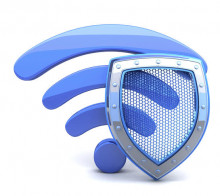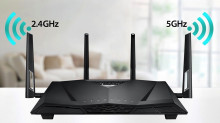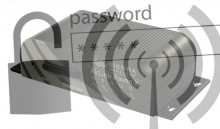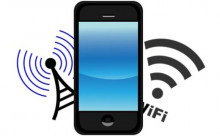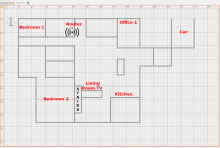WPA3 is here but how will it make Wi-Fi more secure?
New Wi-Fi security standards don’t come along very often but industry body the Wi-Fi Alliance has just formally launched one, Wi-Fi Protected Access 3, or WPA3.
Compared to today’s WPA2, it’s a big step up in terms of security features although, like WPA2, WPA3 will also come in Personal and Enterprise versions.














































